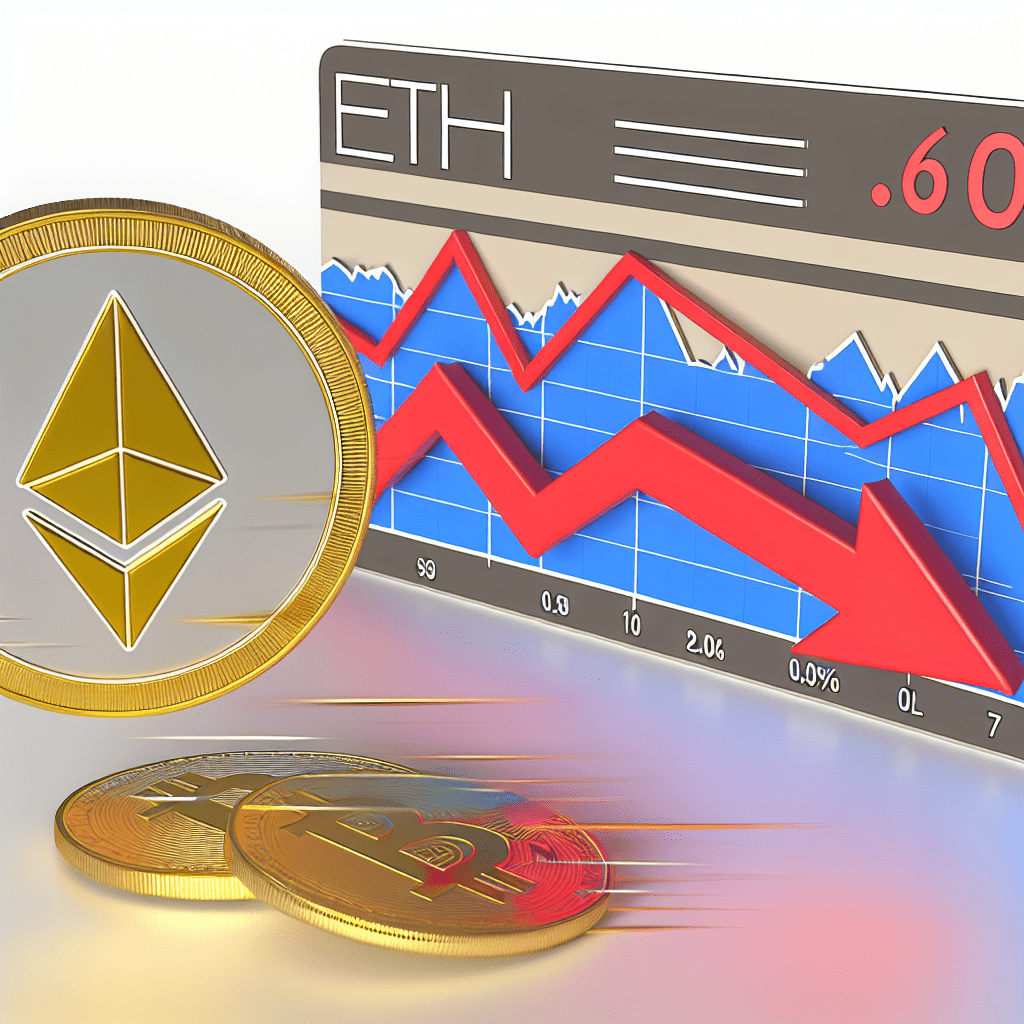Ether (ETH), the native cryptocurrency of the Ethereum blockchain, has declined approximately 6.7% over the last 24 hours following the market crash on Friday, showcasing stronger price stability compared to many altcoins, which faced declines of over 95% in some instances.
This market downturn, triggered by US President Donald Trump’s tariff announcement, caused ETH’s price to plummet to around $3,510 on Friday, marking a more than 20% decrease in just one day.
The price touched the 200-day exponential moving average (EMA), a key support level, before recovering to above $3,800. The relative strength index (RSI) is currently at 35, nearing oversold territory and suggesting a potential upward reversal.
The sudden crash led to the liquidation of nearly 1.6 million crypto traders, according to Coinglass. In the aftermath, crypto investor Sassal stated:
“BTC and ETH performed relatively well against the broader market of alts, which fell by 70% or more, with some experiencing declines of 95% or more. While I typically avoid conspiracies, it’s evident this was not typical market behavior.”
Friday’s crash marked the most significant liquidation event in crypto history, erasing approximately $20 billion within 24 hours and undermining investor confidence amid fears of a prolonged trade war between the US and China.
Related: ETH experiences sell-off alongside Bitcoin, yet Ether adoption rate consistently supports a rally to $10K
Will ETH reach $5,500 next, or will incoming sell pressure dampen the price?
ETH is down over 22% from its all-time high of $4,957 attained in August, per data from TradingView.
Analysts at investment research firm Fundstrat predict that ETH might surge to a new all-time high of $5,550 after stabilizing from the recent market decline.
Nevertheless, potential selling pressure could inhibit price growth. The Ethereum exchange inflow mean, a gauge of the number of coins moved to exchanges for possible sale, reached 79 on Saturday, as reported by CryptoQuant.
This is the highest level of ETH exchange inflows documented in 2025. Elevated exchange inflow levels can indicate increased selling pressure, whereas diminished inflows often suggest that investors are keeping their holdings for the long term, providing a foundation for price increases.
Furthermore, withdrawals from Ethereum’s staking queue reached a record $10 billion in October, which could indicate potential selling pressure from validators exiting the queue, although it doesn’t automatically imply that they will sell, analysts from market intelligence platform Nansen told Cointelegraph.
Magazine: Alibaba founder’s Ethereum initiative; whales dominate 91% of the Korean market: Asia Express

